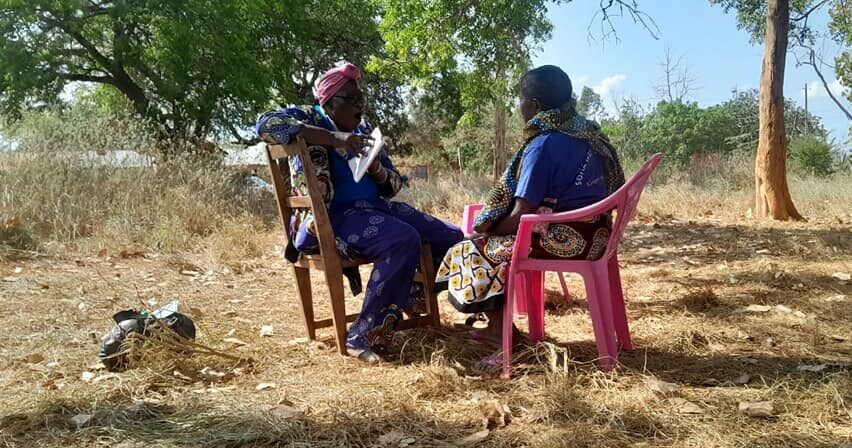The Sexual and Gender-Based Violence (SGBV) Program serves as a critical entry point for numerous clients seeking vital support services. This program provides access to essential interventions aimed at addressing immediate needs and offering emotional support during challenging times.
Key aspects of our SGBV Program include:
- Provision of comprehensive first aid services tailored to survivors’ specific needs
- Delivery of psychosocial support to promote emotional well-being and resilience
- Implementation of targeted interventions designed to address the immediate consequences of violence
- Offerings of ongoing emotional support and counseling to facilitate healing and recovery
The program’s focus on immediate care and long-term support underscores its commitment to holistic service delivery. By addressing both physical and psychological impacts of SGBV, We aim to empower survivors and foster a path towards recovery and empowerment.
Importance of SGBV Support Services.
Support services for survivors of sexual and gender-based violence play a crucial role in promoting individual and community well-being. These interventions contribute to:
- Enhancing safety and reducing risk of re-victimization
- Mitigating short- and long-term health consequences
- Fostering social connections and community integration
- Promoting economic stability through vocational training and job placement assistance
- Addressing underlying power imbalances and societal norms perpetuating violence
By providing accessible, compassionate, and comprehensive support, our program helps break cycles of violence and create safer, more equitable communities.
Best Practices in SGBV Service Delivery;
Effective SGBV support services adhere to several key principles:
- Confidentiality and privacy protections for survivors
- Culturally sensitive approaches tailored to diverse client populations
- Collaboration with local authorities and healthcare providers
- Ongoing staff training and capacity-building in trauma-informed care
- Integration of prevention strategies alongside response efforts
- Emphasis on survivor-centered decision-making and empowerment